Creating a culture of balance
I believe if you do good, quality work, communicate well and invest in an environment that people want to be a part of, all the rest will fall into place.
That’s the last sentence in ‘An introduction to Good Work’, a blog post I wrote about eight years ago, only a few months after making the jump to full-time self-employment.
At that point I was the sole web developer, and also admin, sales, project management, and accounting. I hadn’t seen it play out at all in the real world, it was just a visionary statement.
If I were given a second chance at that sentence, I think most of it is still true, but I’d simplify it even more:
If you invest in an environment that people want to be a part of, all the rest will fall into place.
Over the years as we’ve grown to two, to four, to eight, to ten and more full time employees we haven’t given an inch to our culture. We haven’t stopped making sure that Good Work is a place where our employees, clients, and partners all want to belong.
Jumping into the digital service business is easy. Doing it while keeping reasonable hours, a healthy profit, a happy team, and continual growth without being labeled as “just another web development company” is hard.
We’ve done this for eight years.
We have a happy team.
People rarely leave.
We close our laptops before dinner.
We continue to grow.
We approach conflict head on.
Our clients love us.
We charge for our time.
We launch projects when we say we will.
We’re funny!
Maybe I’m oversimplifying it, but I think that’s why it works so well. Advice doesn’t have to be complicated to change everything.
Here are ten examples of how we have intentionally invested in an environment that people want to be a part of and created a culture of balance:
- Work-life balance. Family needs and emergencies always come first.
- We couldn’t be (or do) Good Work without our team, so any chance we get to reward our people - we do it.
- We’re serious about work but we’re also serious about keeping it light. We spend a lot of time together so it needs to be enjoyable.
- We onboard clients with a clear understanding of our boundaries and schedule - and they all respect it.
- We hire smart. We find people who not only don’t need to be micromanaged, but actually work better when given some autonomy.
- Everyone on our team has cool hobbies outside of work. We work to live and we don’t work during living time.
- Location flexibility. If you can figure out how to work from a van in the woods, you can (it’s been done… twice).
- We don’t send messages outside of work hours. If we do, we schedule them (Both Google and Slack allow for this).
- Bullet-proof processes. We can foresee bumpy patches and create a solution that smooths the path before we get there.
- Loyalty. We will walk into a fire for our employees and always have their back.
It turns out that when you invest in an environment that people want to be part of, they work hard to maintain that culture with you. And that takes it from merely an optimistic vision to a lived out reality years down the road.
(This article was originally posted on LinkedIn.)
Further reading
-

Pwny plugin for Craft 5
-

Craft 5 Released
-

Ten years of Good Work
-

Expanding our services: Introducing ‘Friends of Good Work’
-
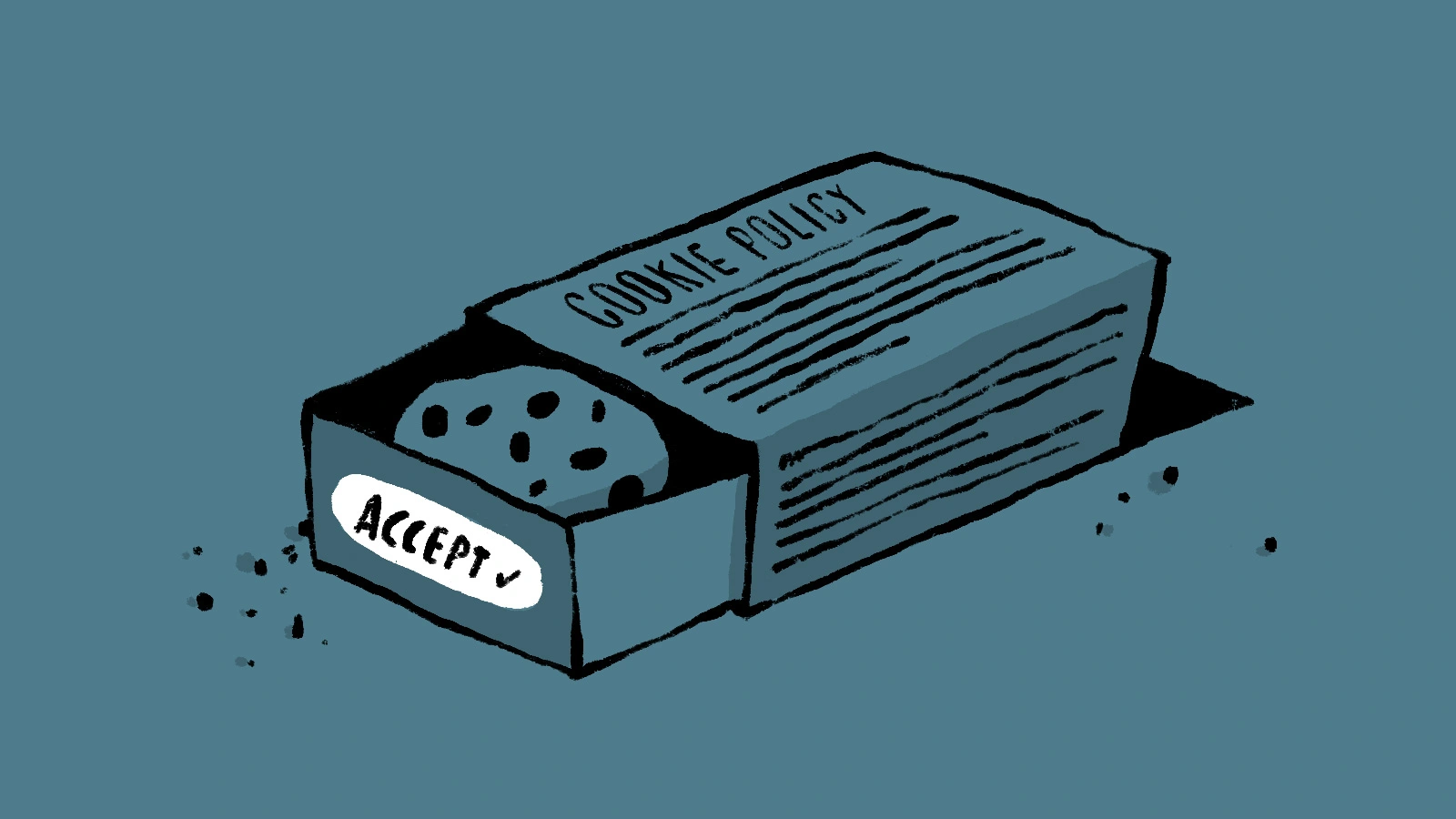
How to master GDPR and CCPA compliance: a step-by-step guide to handling website cookies
-

Block Usage plugin for Craft CMS
-
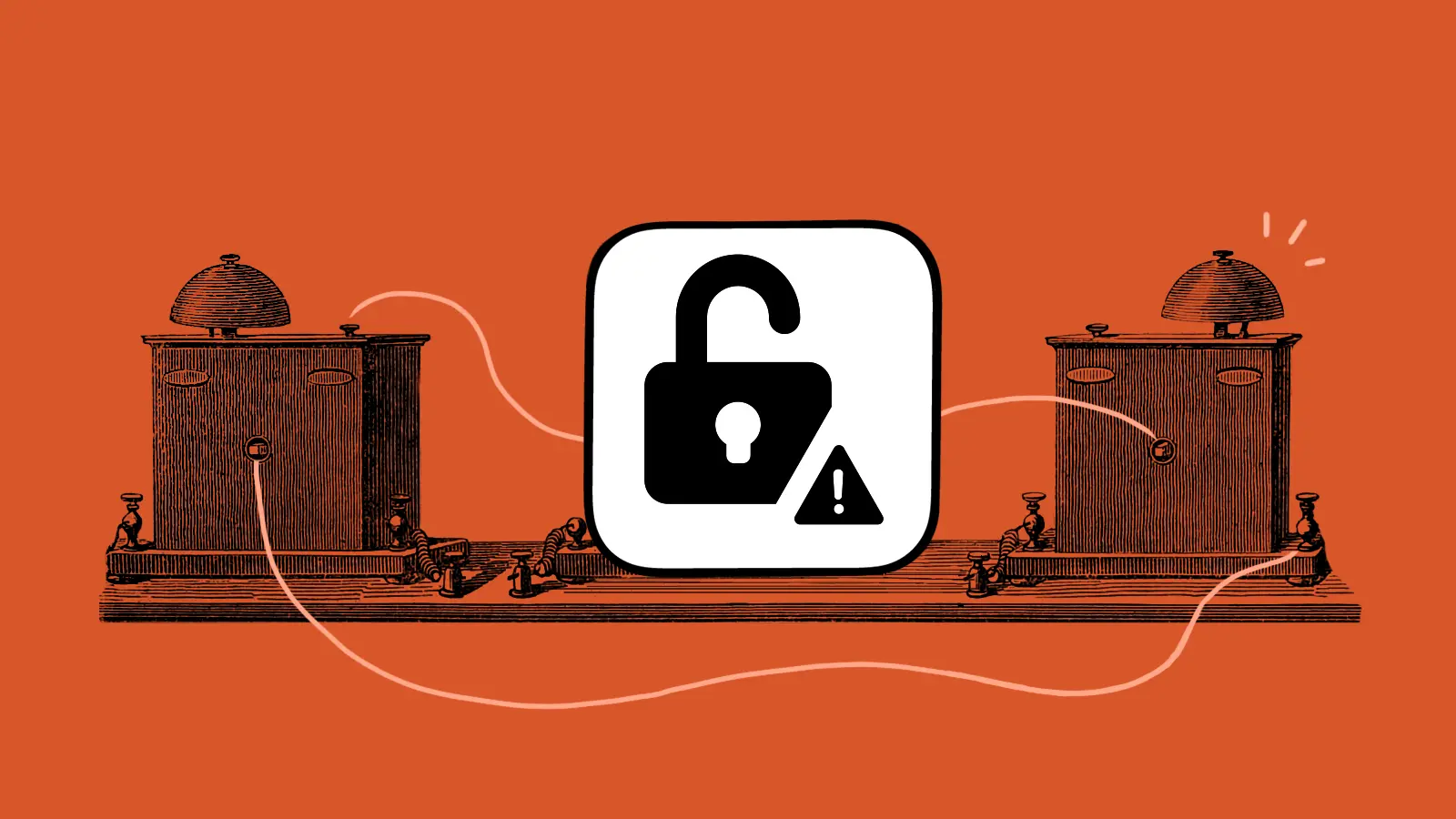
Nag plugin for Craft CMS
-

Three reasons most digital projects get derailed (and why yours doesn’t have to)
-
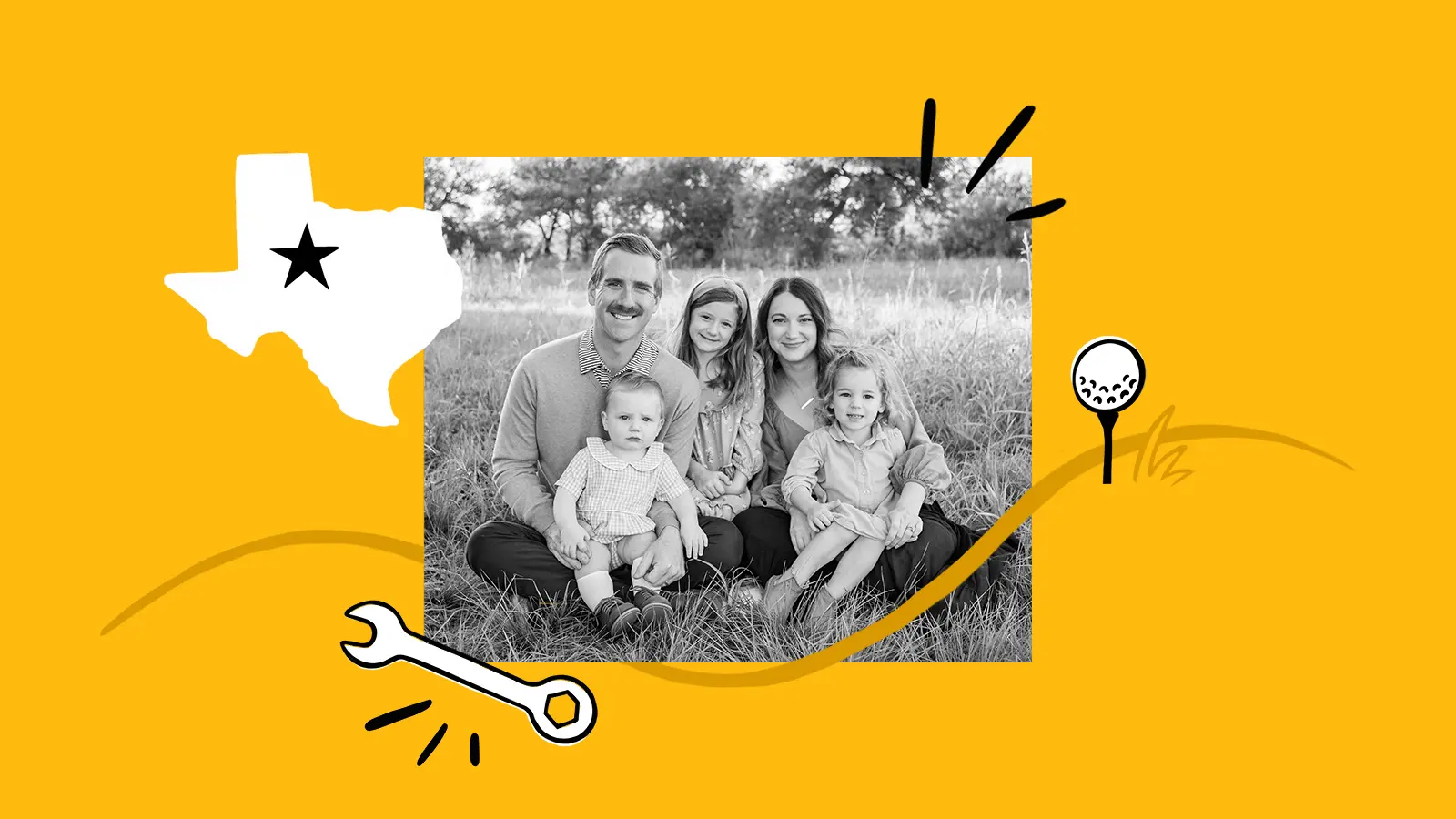
Good Work leads to a good life
-

Update Craft CMS 3 to 4
-
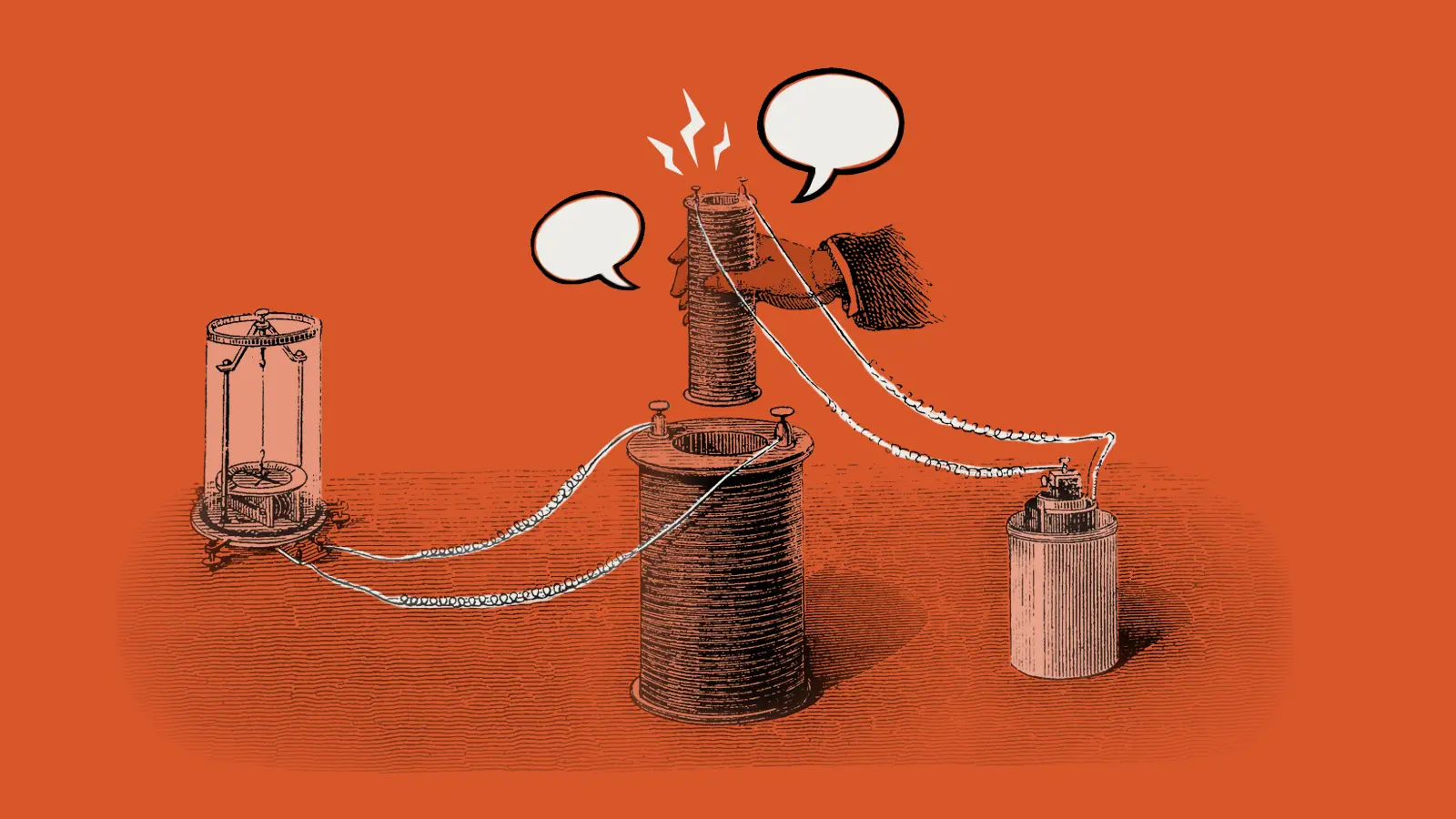
Three things your project manager should be doing for you (but probably isn’t)
-
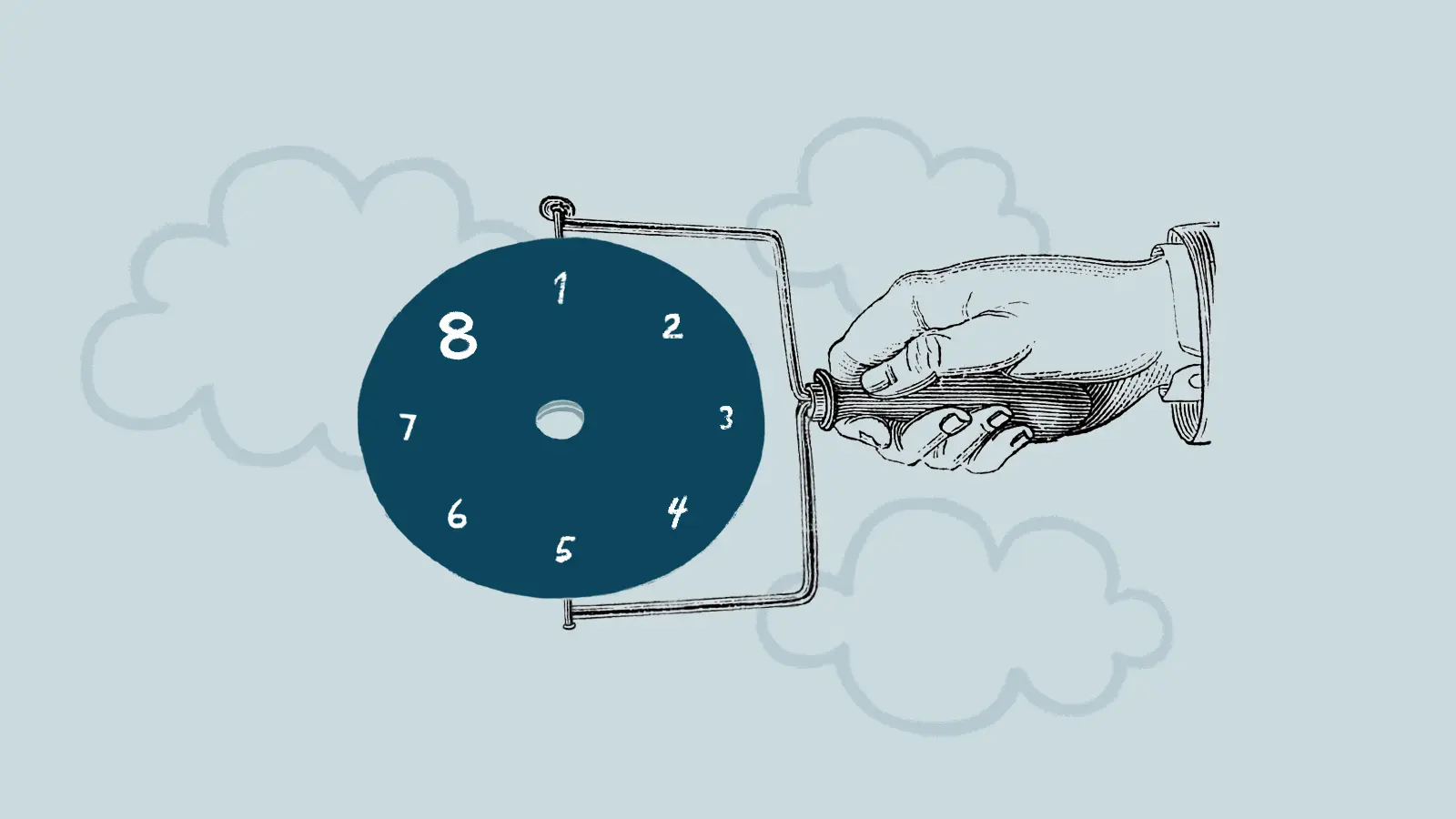
Eight lessons learned from eight years of Good Work
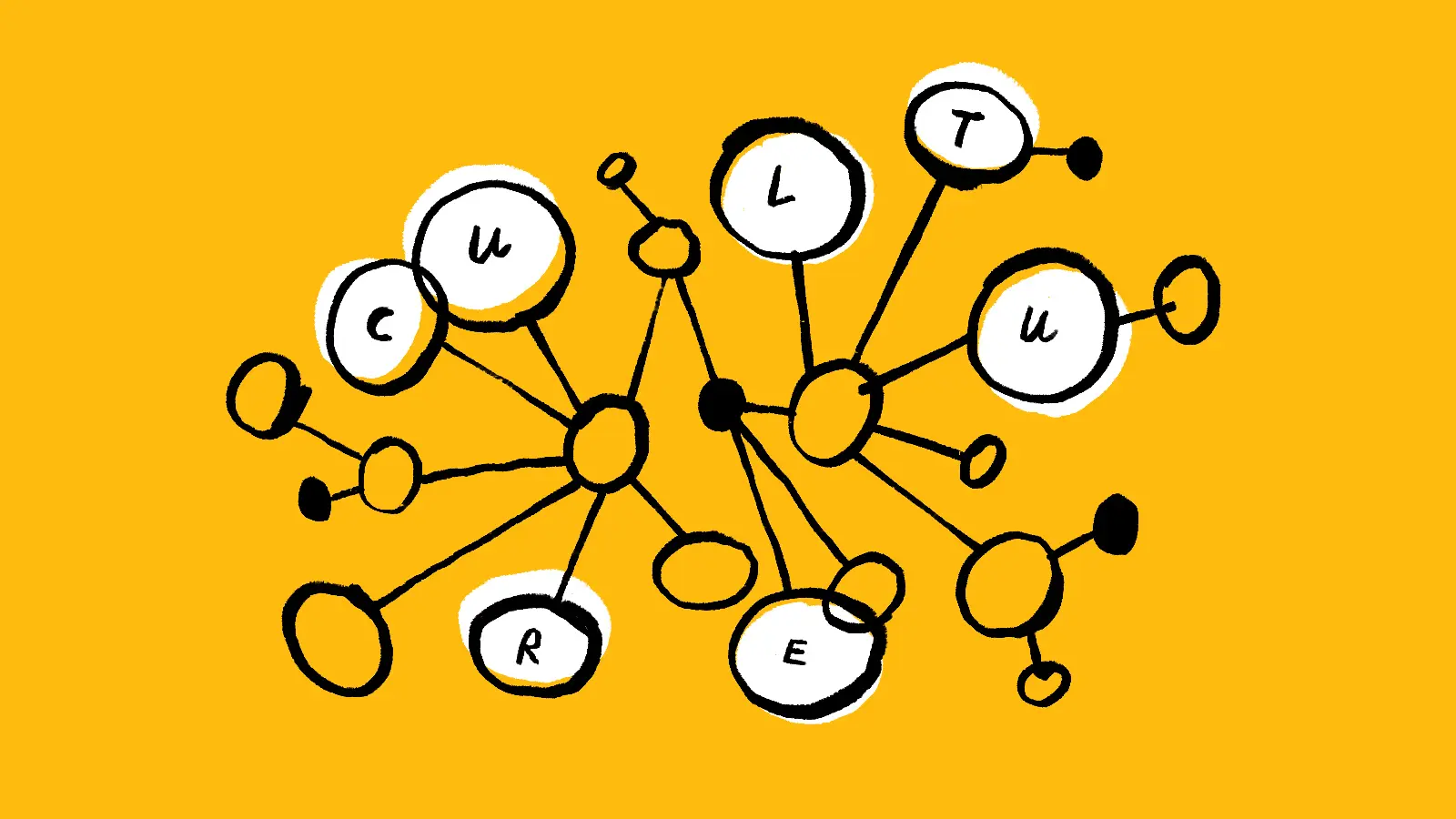
 By Garrett, 28 Feb 2022
By Garrett, 28 Feb 2022
 By Ant, 2 Dec 2024
By Ant, 2 Dec 2024
 By Chris, 1 Apr 2024
By Chris, 1 Apr 2024
 By Katie, 7 Dec 2022
By Katie, 7 Dec 2022